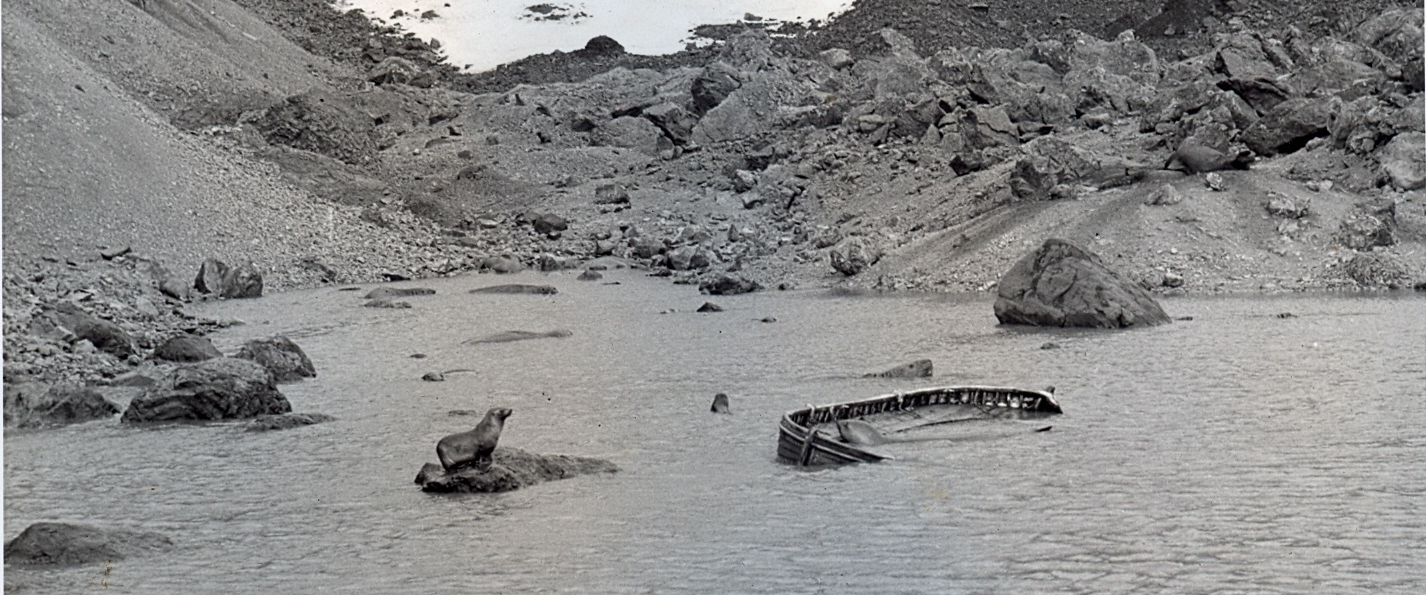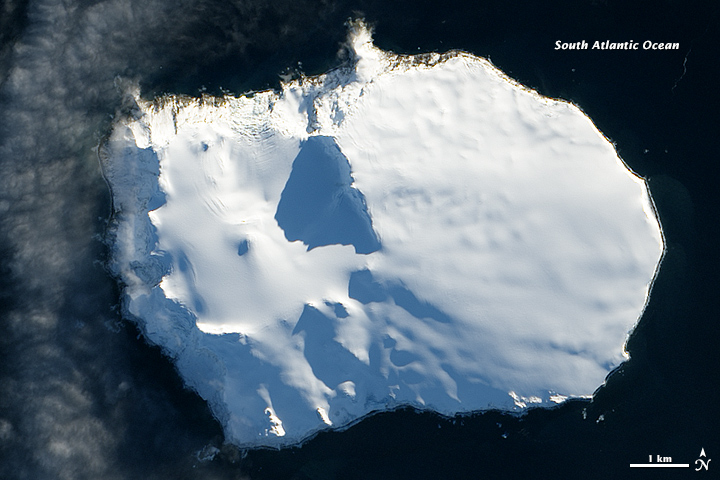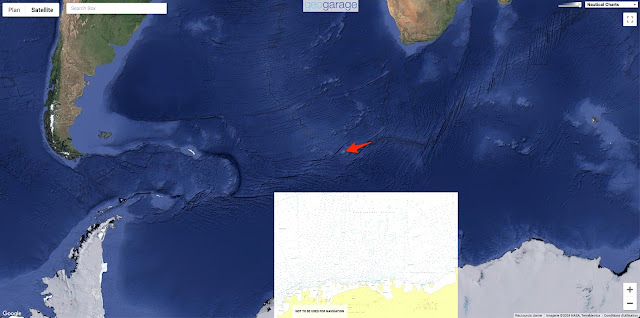Visualization of Bouvet island with the GeoGarage platform (NHS nautical raster chart)
This secluded patch of land is the world’s most remote island, with its closest neighbour the Princess Astrid Coast of Queen Maud Land, Antarctica which is 1,100 miles to the south.
A protected nature reserve, Bouvet Island is uninhabited but is officially a dependent territory of Norway.
A protected nature reserve, Bouvet Island is uninhabited but is officially a dependent territory of Norway.

Map of the expedition of Jean-Baptiste Bouvet de Lozier, during which he discovered Bouvet Island January 1, 1739.
The French title of this new map reads: "Map of the southern lands between the Tropic of Capricorn and the Antarctic Pole, where one sees the New discoveries made in 1739 south of Cape of Good Hope by orders of the (French) East-India Company
Several other sailors from other nations set sail for the island and in 1825 a British crew claimed it for Blighty.
George Norris, master of the Spritely vessel, landed on the icy outpost and named it Liverpool Island.
However, in 1928 it was claimed by a Norwegian crew led by Harald Horntvedt sparking a diplomatic row between Britain and its Scandinavian neighbour.
Likewise the lack of harbour meant by 1929, Britain renounced its claim.
George Norris, master of the Spritely vessel, landed on the icy outpost and named it Liverpool Island.
However, in 1928 it was claimed by a Norwegian crew led by Harald Horntvedt sparking a diplomatic row between Britain and its Scandinavian neighbour.
Likewise the lack of harbour meant by 1929, Britain renounced its claim.

The unidentified whaler or ship’s lifeboat found abandoned on Bouvet Island on 2 April 1964
(see Links)

In 1971, the island was named as an official protected nature reserve.
However, the harsh weather conditions means there is very little wildlife on the island.
In fact, the only non-plant life is fungi and types of moss and liverworts.
However, there are plenty of penguins on the island as well as seals.
Several types of whale and dolphins also pass around Bouvet.
Links :
- AtlasObscura : Bouvet Island
- NASA : A Thousand Miles from Nowhere
- IEEE : The Most Remote Island in the World Is Home to Seals, Seabirds, and an Internet Top-Level Domain
- Life in Norway : Bouvet Island: The World’s Most Remote Island
- ABCnews : No-one lives on Bouvet Island but there are a dozen Australian bank accounts linked to it
- BBC : Climate secrets of the world's most remote island
- DailyMail : Wrapped in mystery and covered almost entirely by a glacier could this be the ultimate coronavirus hideaway? Welcome to the world's most remote island, which lies a staggering 1,600 miles away from the nearest inhabited land
- Norwagian Offshore Directorate : Continental shelf’s extent outside Bouvet Island clarified
- Historic mystery : Abandoned Lifeboat on Bouvet Island: Mystery Solved! / An abandoned lifeboat at world’s end


No comments:
Post a Comment